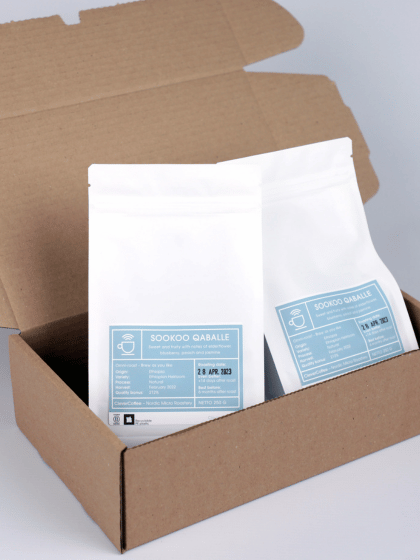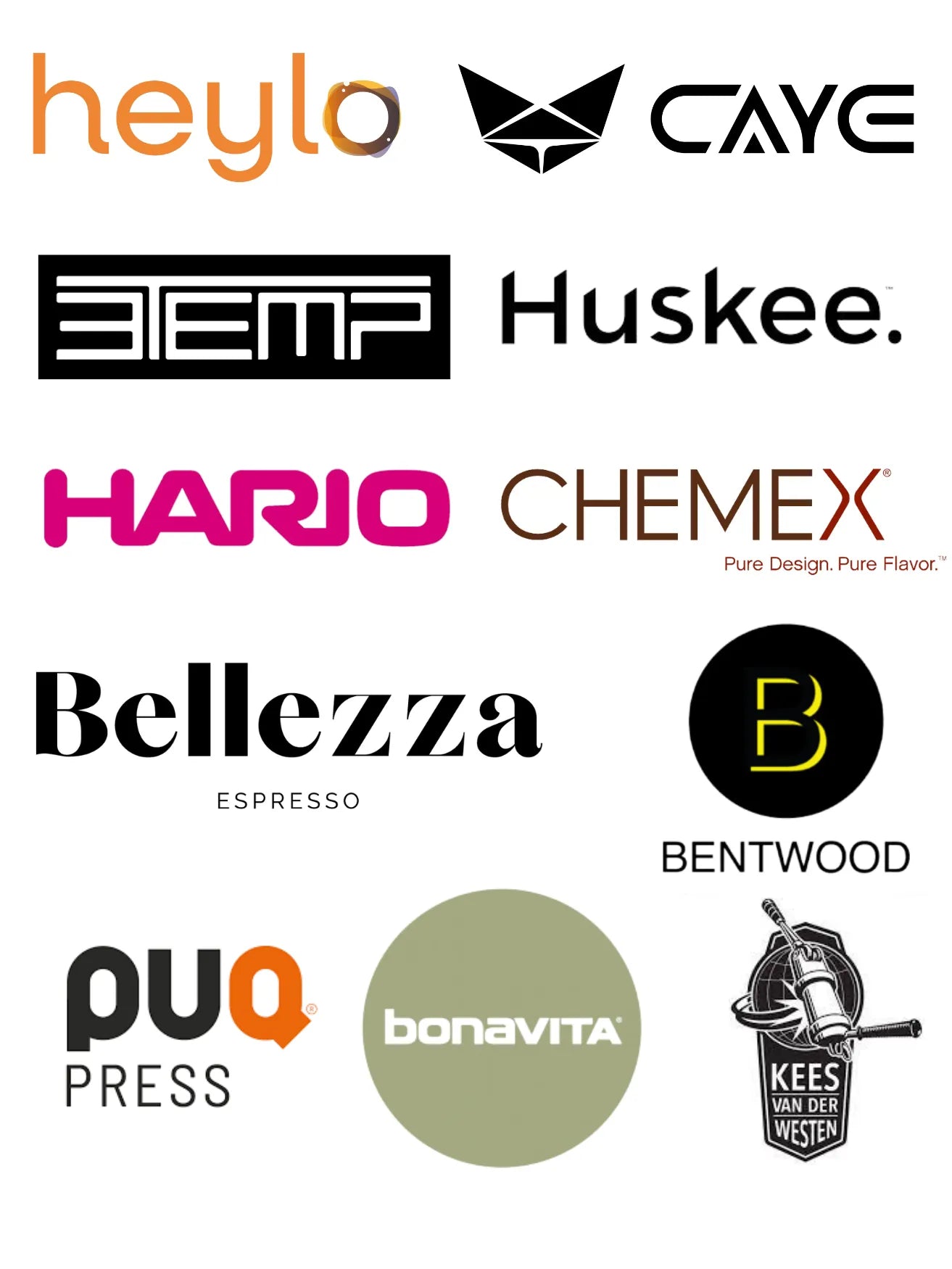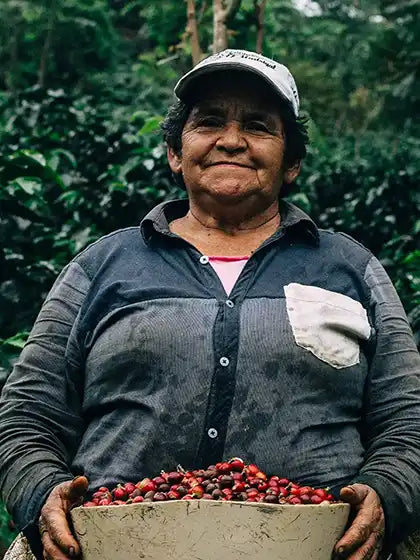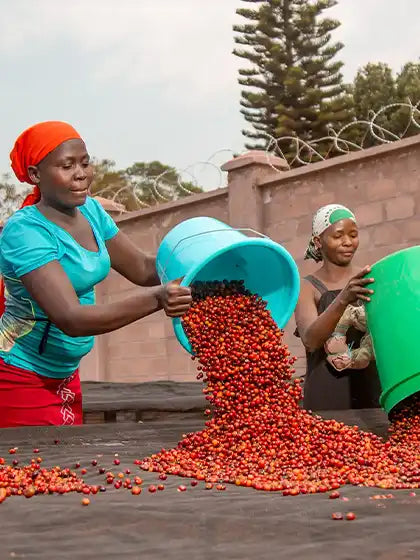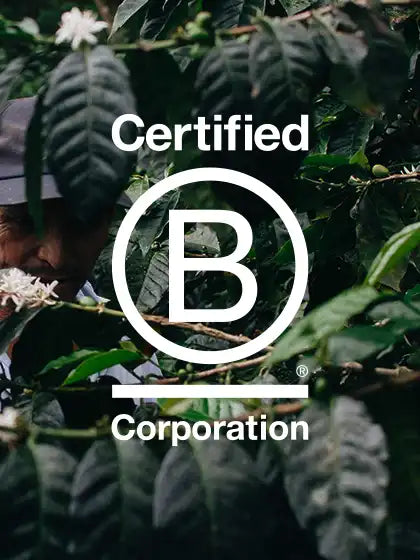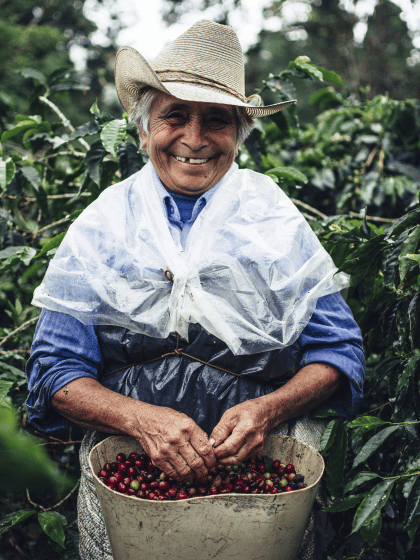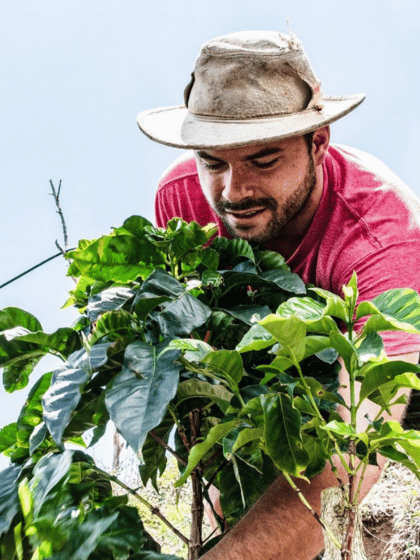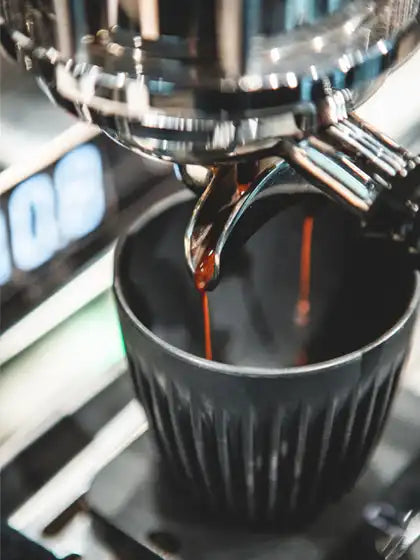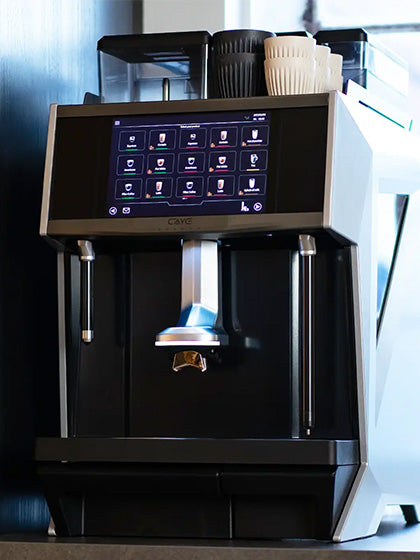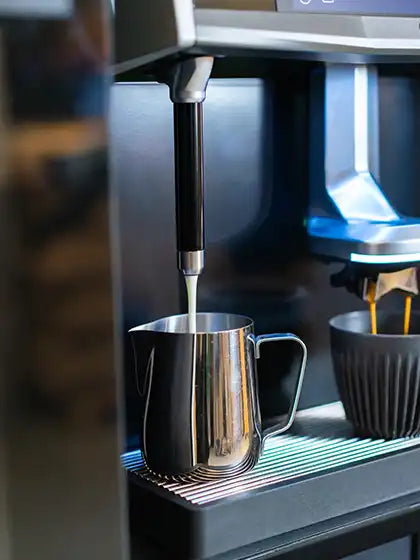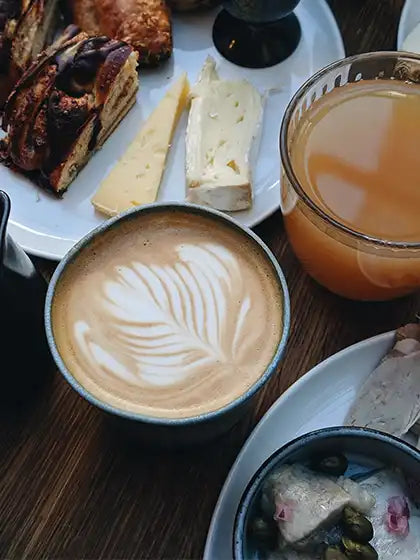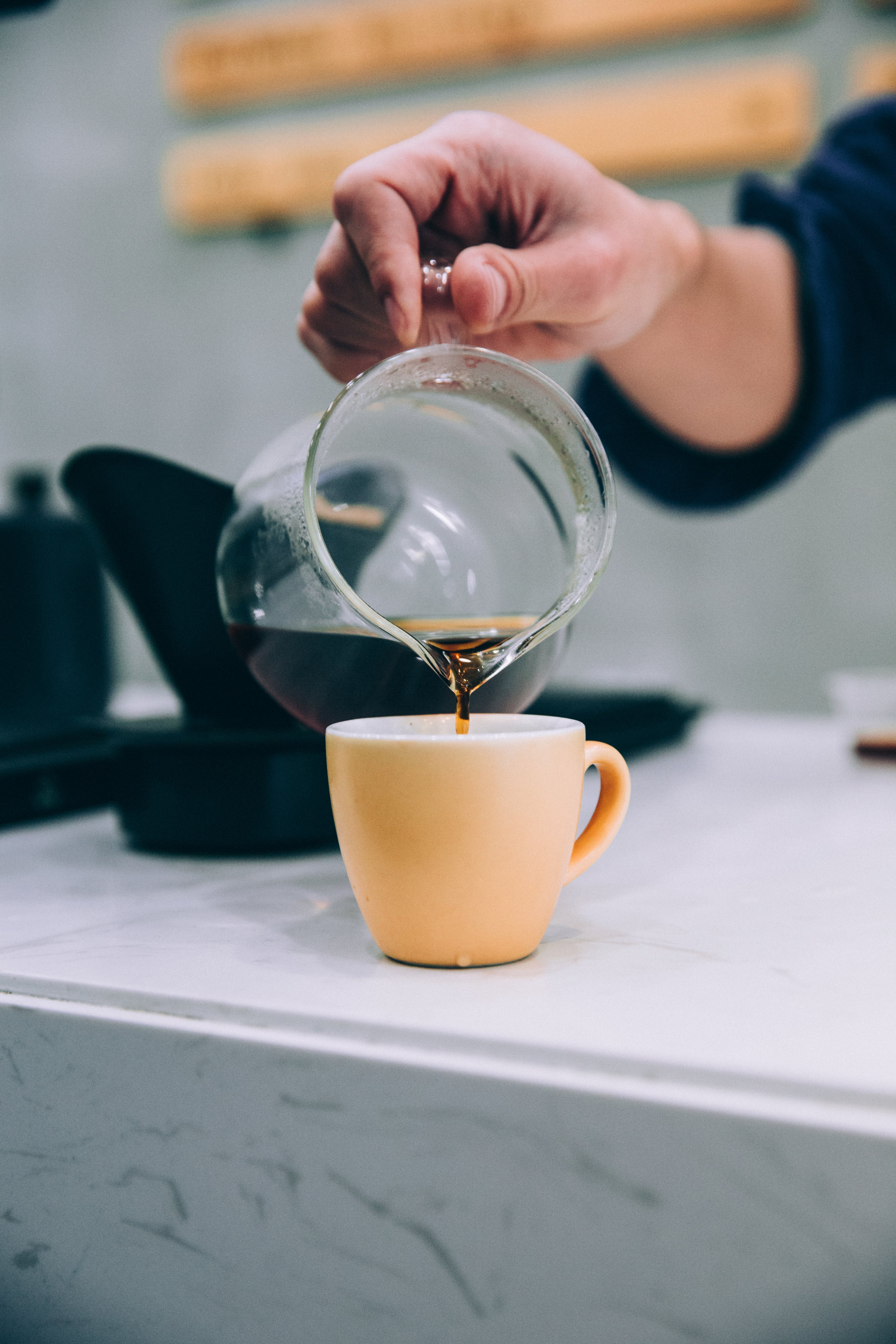Where to Start?
Coffee Brewing at Home
Brewing coffee at home can seem quite complex and it can be difficult to know where your money is best spent. But what do you really need to brew world-class coffee at home? Let's talk about it!
No matter how good your equipment is, the end result will never be better than the raw materials you use. Therefore, it is very important to use the highest quality coffee and water when brewing.
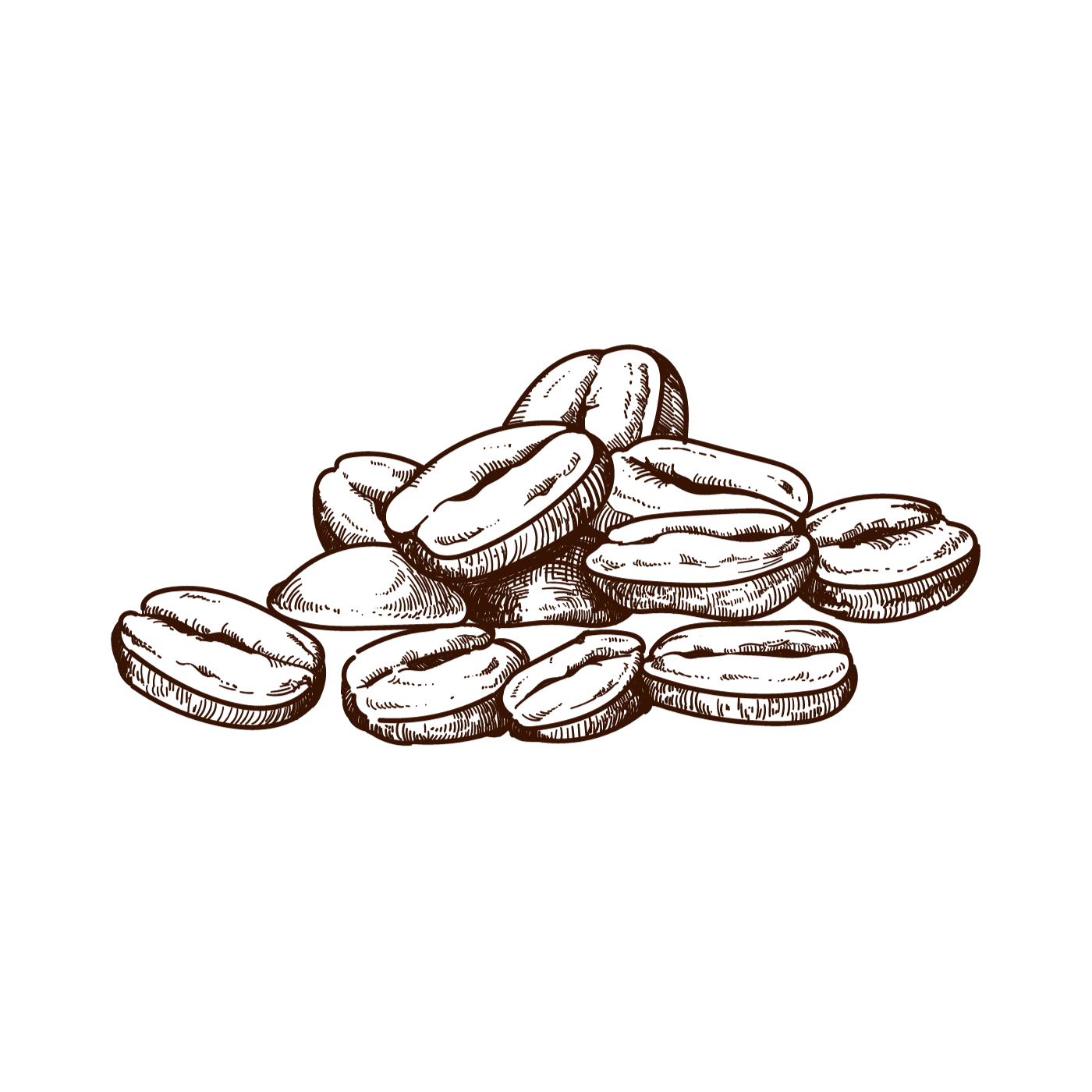
1. The Importance of Raw Material
The Coffee Beans
When choosing a coffee, choose one you really enjoy. Ideally, it should be of specialty coffee quality and relatively freshly roasted. We typically enjoy our coffee approx. 2-8 weeks after roasting. Fresh coffee will have more taste and aroma and fewer unwanted taste nuances.
Although we prefer to drink light roasted coffee and recommend that you do as well, these tips will help you no matter what degree of roast you prefer.
If you are curious but new to specialty coffee, we recommend that you experiment a little when you buy coffee for the home and in the cafe. Ask your barista for advice and guidance, and note which notes and coffees you particularly like. One of the smart ways you can try your hand is by buying a taster's pack, where you can try coffee from different countries and processes.
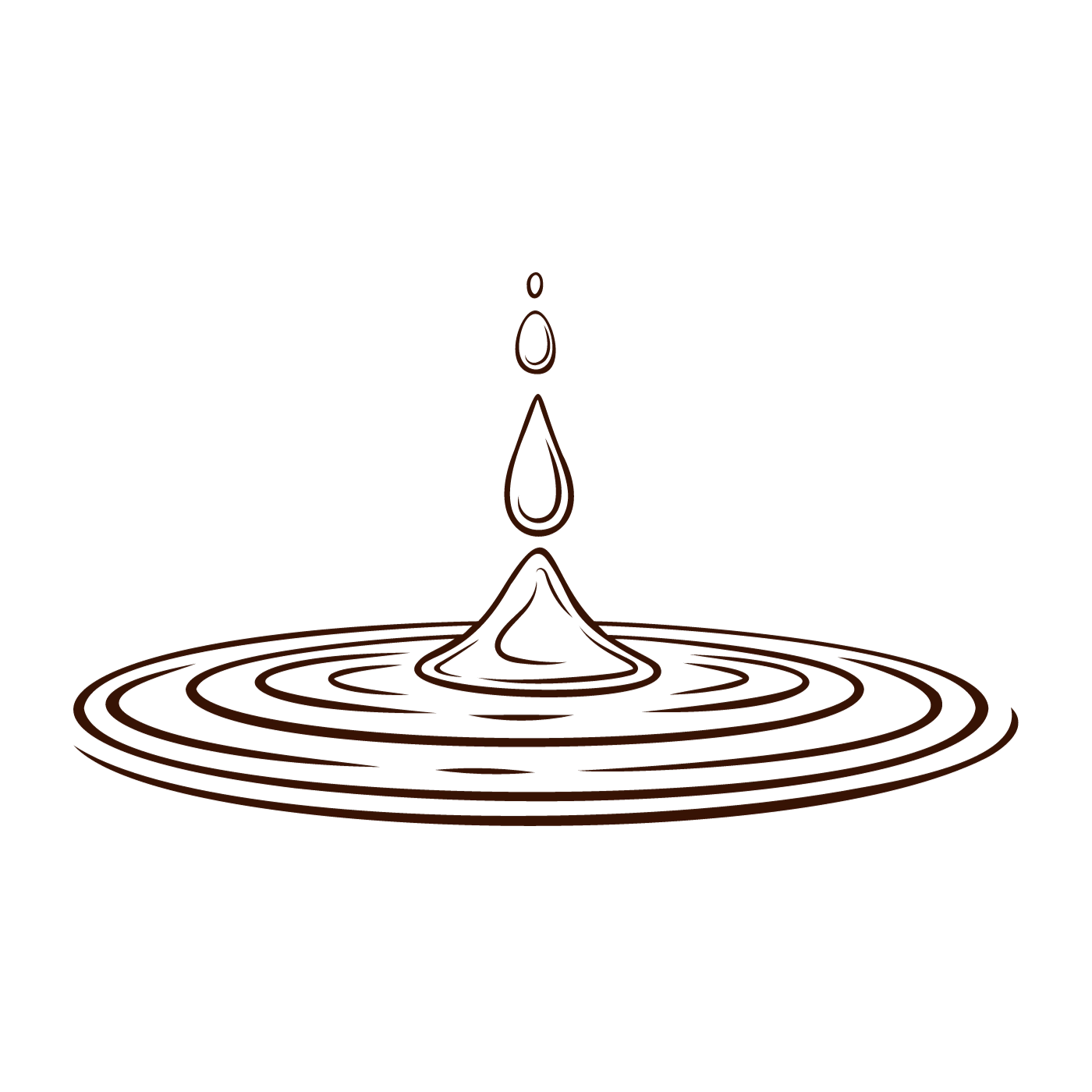
2. An Often Overlooked Variable
The Water
Water is an often overlooked but very important factor when it comes to coffee brewing. It is important to maximise the flavour of your coffee and the life of your equipment. We recommend using soft filtered water with around 50ppm dissolved solids, but depending on where you are in the world this can be quite difficult to obtain.
The best option is a high-end built-in water filtration system such as the Pentair Everpure Claris Prime 2000. However, these are usually quite expensive and must be installed directly to the water head.
If you don't have access to a high-end water filtration system, a water filter like the BWT Aqualizer is a good alternative. Although not as effective as built-in solutions, most water filters will do a good job of removing limescale and other unwanted flavors, which will improve the taste of the coffee.
The easiest way to get good quality brewing water is to buy bottles of soft mineral water. While not the most environmentally friendly solution, it is the most practical and tasty option when you don't have access to a water filtration system.
In the EU, manufacturers are required to declare the mineral content on the bottle, so you should look for water with a low mineral content. In general, we recommend that you stay away from expensive bottles.

3. The Most Important Equipment
The Grinder
The most important piece of equipment is the grinder. How the coffee beans are ground will make a huge difference to the balance, transparency and clarity of the finished brew.
This is also where you should invest the majority of your money. While you certainly don't need to buy the most expensive equipment, we recommend that you invest a little money to get the best out of your coffee.
Most importantly, stay away from blade grinders. They don't do a good job of grinding your coffee. Not to mention how loud and frustrating they are to use!
Instead, you should buy a conical grinder: a type of grinder that cuts and crushes the beans between two metal or ceramic blades.
An excellent place to start is with Wilfa Svart Aroma – an excellent conical grinder for beginners. It grinds the beans into a relatively uniform size and will make your coffee taste much better than coffee ground with a blade grinder or pre-ground coffee.
If you have a little more money to spend, we recommend the Comandante C40 hand grinder or the Wilfa Uniform flat grinder.
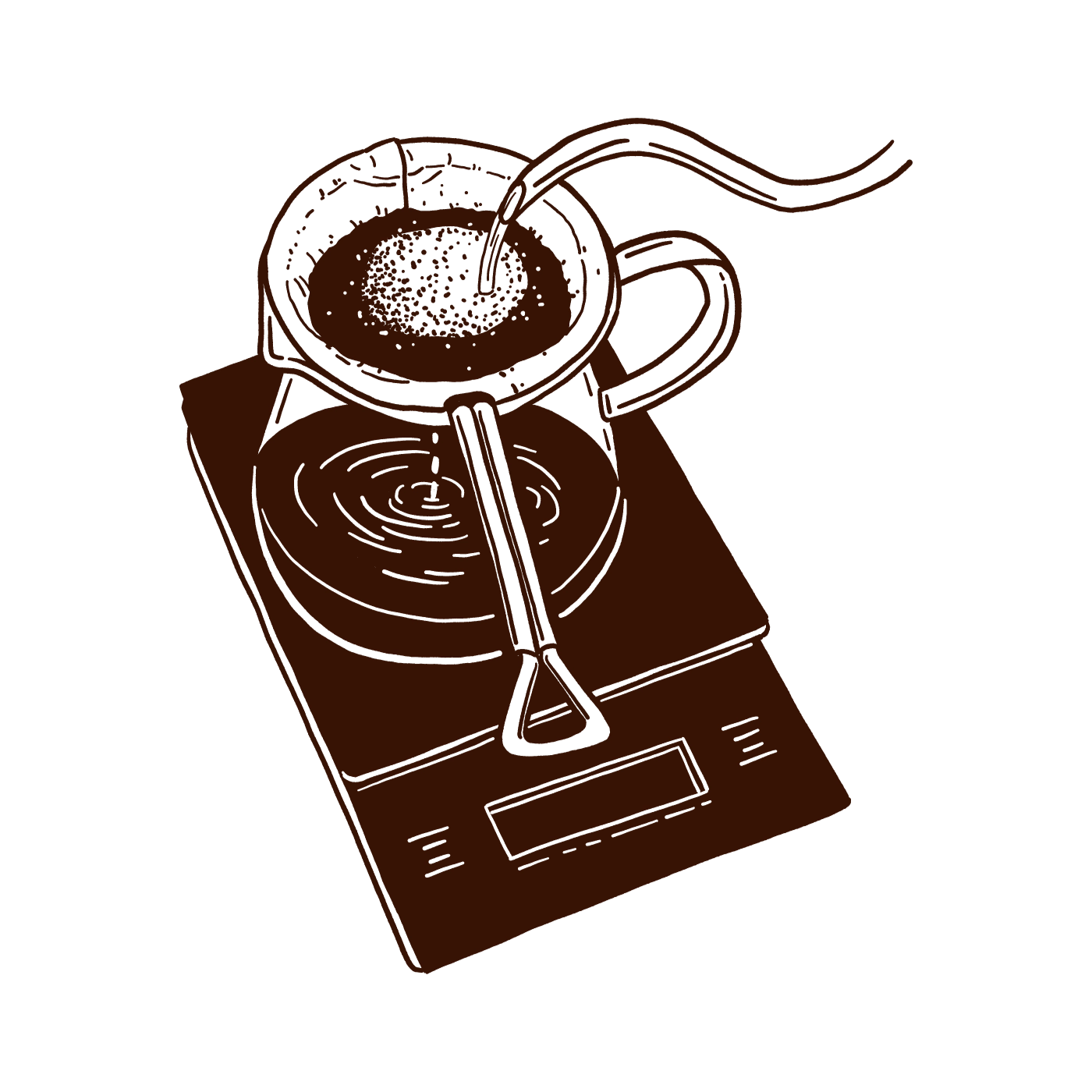
4. Achieve Consistent Results
The Weight
To make good coffee consistently at home, it is necessary to be able to recreate the delicious brews every time.
The easiest way to do this is with a scale. A scale makes it easy to get the right amount of coffee and water every time and to test recipes from your favourite roasteries and cafes.
A digital kitchen scale along with the timer on your phone works fine. However, dedicated coffee scales are more accurate and have built-in timers. A scale like the Timemore Black Mirror is a good long-term investment.
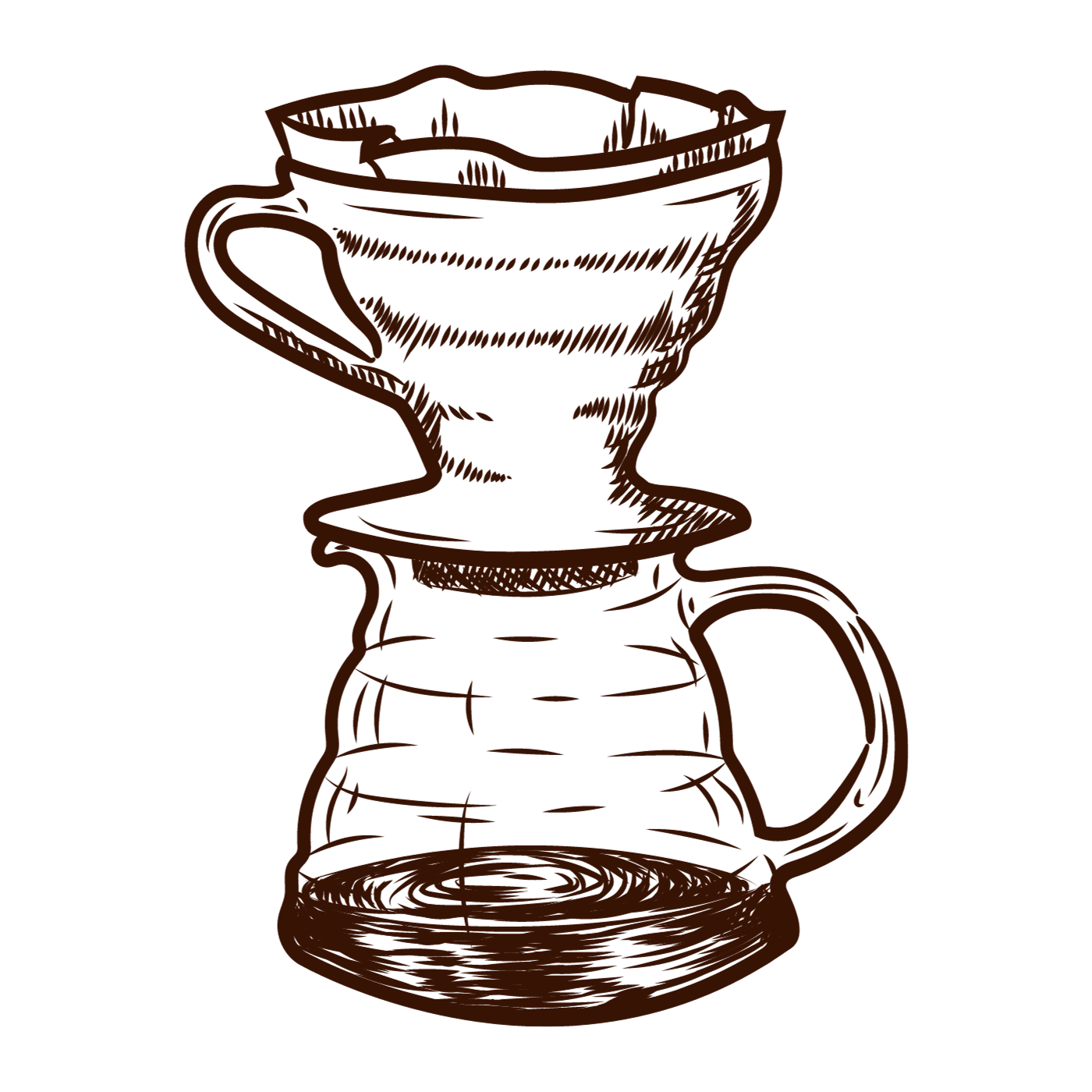
5. Hario V60? Chemex?
The Brewer
Different brewers and paper filters give the coffee a slightly different taste, but we recommend sticking to the basics. They are tried and tested and you will be able to find plenty of guides and recipes for brewing with them.
A Chemex or a Hario V60 are good options when starting out. We have brew guides for both.
A starter kit from Hario is a good and affordable place to start with a few extra essentials to get you started. Find it here: Hario V60 Starter Kit
If you are an avid traveler, the Aeropress A80 is an obvious choice. It brews excellent coffee in a practical and portable package.
Find the brewing guide here: Aeropress Brew Guide

Heating and Pouring Technique
6. The Kettle
Finally, you need a way to heat and pour water. Although a gooseneck kettle is ideal, a regular kettle will also work fine as long as you can pour the water relatively slowly and in a controlled manner.
A gooseneck kettle gives you more control over the pour rate and pattern, but it's not necessary. We like the Bonavita Gooseneck Kettle.
If you really want to take it seriously, a temperature-controlled gooseneck boiler can be a worthwhile investment. It improves the consistency of your brews because you can more easily recreate the pours. Just as importantly, it makes brewing pour-over coffee a much more enjoyable experience.
Temperature control is not essential for the average home brewer, but it can be a useful tool for the more experienced user.

